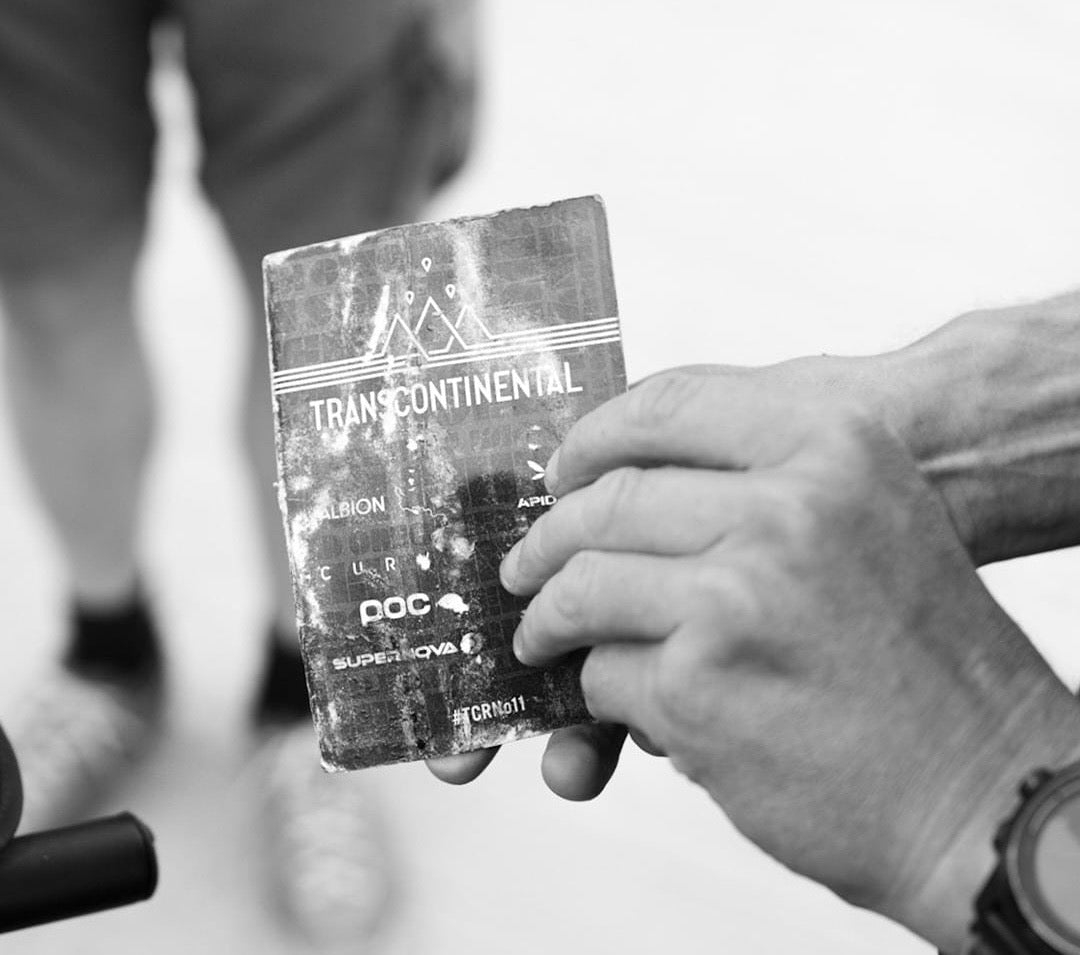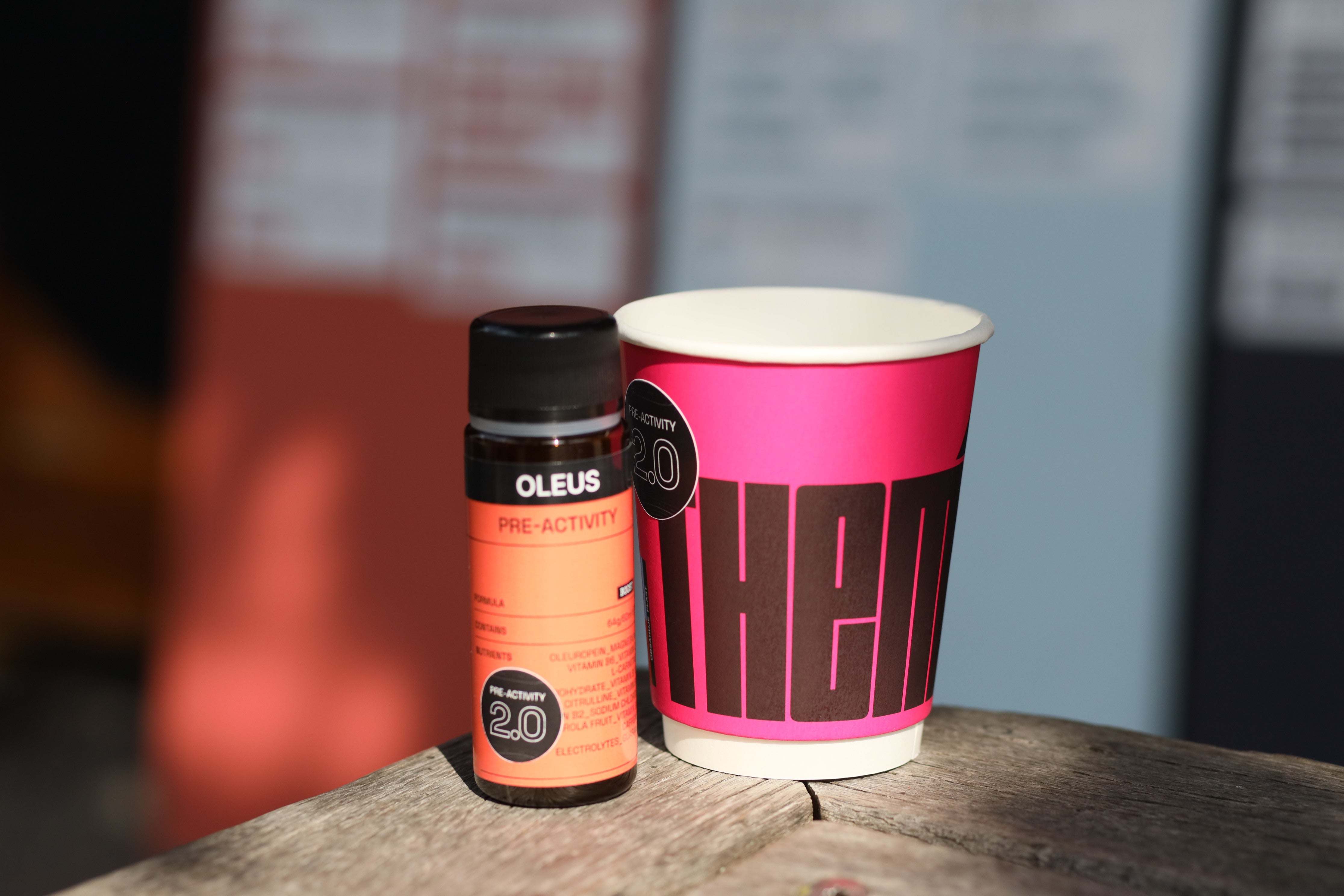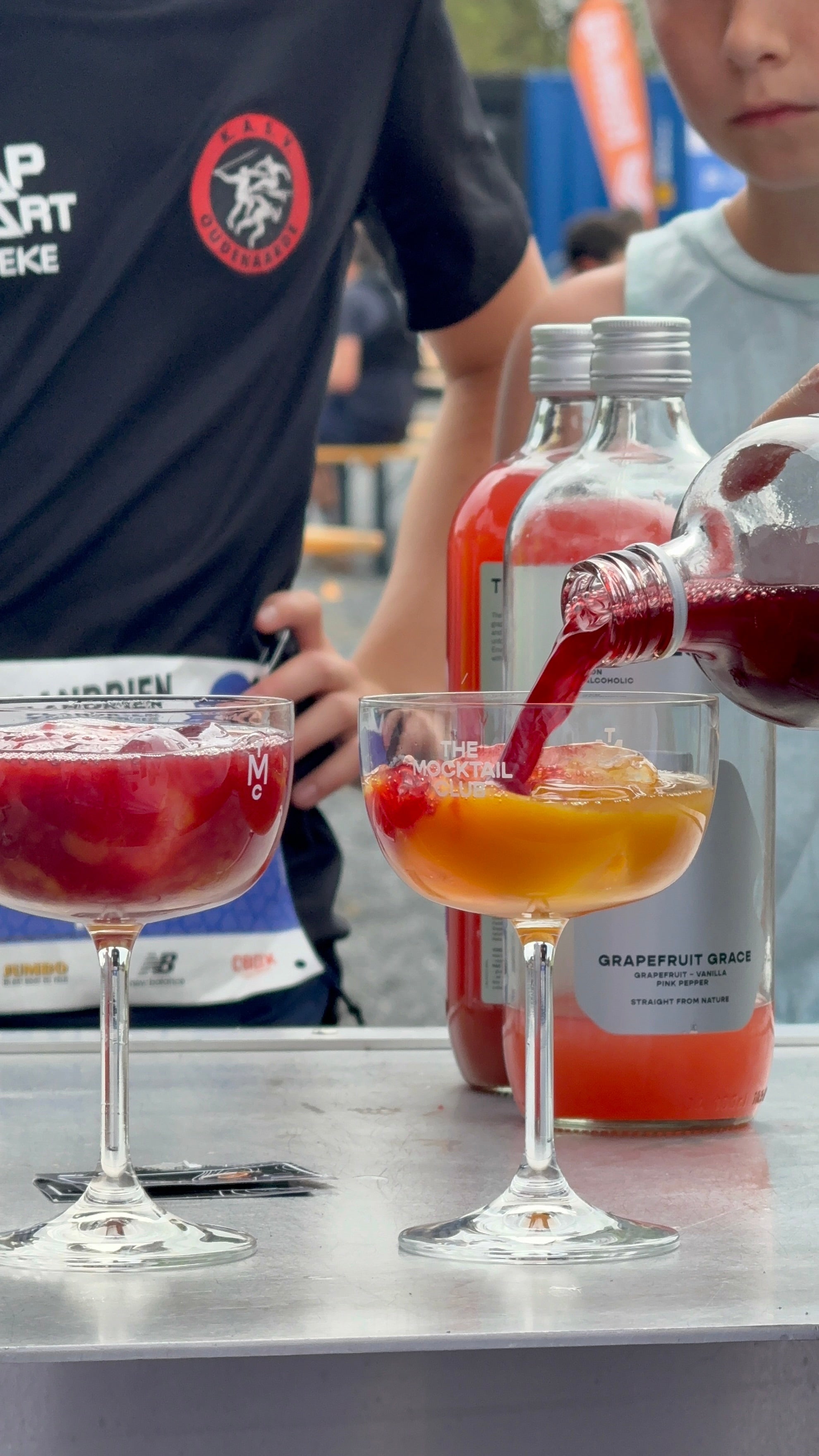What is Tapering in Marathon Training
After weeks of dedicated marathon training, most runners find themselves in the same situation: their fitness has never been higher, but their fatigue is also at its peak. Hard sessions and long runs build strength and endurance, but they also take a toll on the body. If you went into the race at that moment, you’d likely feel heavy, tired, and far from your best.
This is where tapering for a marathon comes in. Tapering is the strategic reduction of training volume and intensity in the final weeks before a marathon. The goal is simple: keep the fitness you’ve worked so hard to build, while allowing your body to recover from accumulated fatigue.
Think of it as fine-tuning. You’re not “resting” completely—you’re still training, but with less stress on the body. This way, your muscles, energy systems, and mind have time to recharge. Meanwhile, the lighter training stimulus ensures you don’t lose sharpness or confidence before race day.
The result? On marathon morning, your body is primed with the perfect balance: fitness at its peak, and fatigue at its lowest. This is what allows you to run to your full potential, with fresh legs and a clear head.
A Typical Taper Before a Marathon
There are many ways to structure a marathon taper, but the guiding principle is simple: keep the same training rhythm, while reducing the overall volume and intensity. This helps maintain your routine and mental focus, but allows your body to shed accumulated fatigue.
Most marathon training plans include a final long run of around 30–32 km 14 days before race day. This is the last “big effort” and serves as both a physical and mental checkpoint before starting the taper.
Here’s a common 14-day marathon taper plan for someone who usually trains 4 times per week:
-
-14 Days: Final long run – Simulate race conditions, build confidence, and complete your endurance base before starting the taper.
Week -2:
-
-13 Days: Easy jog + strides – Slightly shorter than usual, with a few short accelerations to stay sharp.
-
-11 Days: Easy intervals – A light session with fewer repetitions or shorter intervals compared to normal, to stimulate speed without fatigue.
-
-9 Days: Easy jog – Shorter than your usual midweek run.
-
-7 Days: Reduced Long run – Around 60–70% of the longest training run.
Week -1:
-
-6 Days: Easy run – Very short and light, mainly to stay active.
-
-4 Days: Easy intervals – Very short reps at race pace or slightly faster, to keep legs responsive.
-
-2 Days: Optional jog – Easy and short, just to keep the legs moving.
-
-1 Day: Activation – A light jog with a few strides.
-
Race Day – You arrive fresh, sharp, and ready to perform.
The overall effect is that your body maintains the rhythm of training, while gradually reducing the training load. By the end of race week, fatigue is low, motivation is high, and fitness is still at its peak.

Common Challenges of Tapering and How to Overcome Them
Tapering is often harder than it looks. Here are some of the main pitfalls runners face during the marathon taper phase:
-
Overtraining out of fear of losing fitness
With reduced mileage, many runners feel restless and anxious. Some try to compensate by pushing too hard, adding sessions, or extending runs, ultimately arriving more tired instead of fresher. Stick to your plan and trust the tapering process. -
Over-resting
Cutting training too much can leave you feeling flat and sluggish. Light activity keeps your body sharp and ready for marathon pace. -
Not enough fuel & hydration
Some athletes neglect proper nutrition during taper. Keep focusing on balanced meals, proper hydration, and glycogen loading to ensure optimal energy on race day. -
Lack of micro-nutrition for performance
Vitamins, minerals, amino acids, and polyphenols are crucial in this recovery phase. Supplements like the OLEUS Marathon Collection can help maintain balance, reduce fatigue, and prepare the body and mind for peak performance.
How to Use the OLEUS Marathon Collection During Tapering
As you enter the taper, the OLEUS Marathon Collection is designed to support your energy, focus, and recovery, helping you arrive on race day in peak condition.
Last long run (14 days before the marathon)
-
Take a Pre-Activity Shot 1 hour before your run and a Recovery Shot afterwards. This supports performance, accelerates recovery, and allows you to test the products under real conditions.
Taper runs (13–1 days before the marathon)
-
On training days, take a Daily Shot each morning or 1 hour before your run to maintain steady energy, support recovery, and reduce overall fatigue.
Race day
-
Take a Pre-Activity Shot 1 hour before the start and a Recovery Shot afterwards to maximise performance and accelerate recovery.
By following this schedule, the OLEUS Marathon Collection guides you seamlessly from your last long run, through tapering, to the finish line, helping you feel strong, prepared, and ready to perform.






